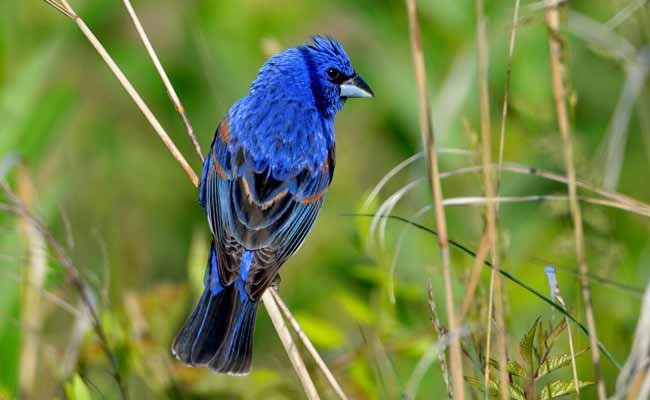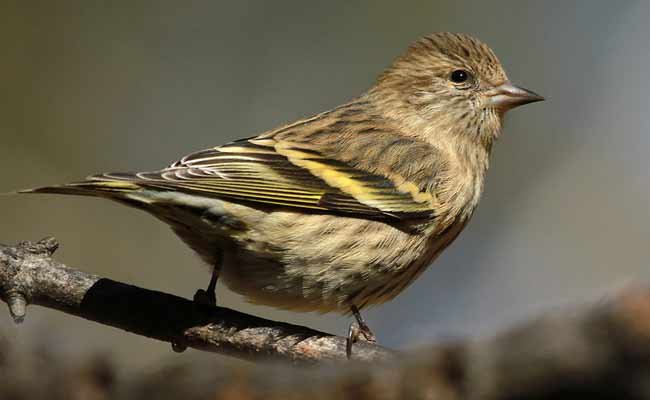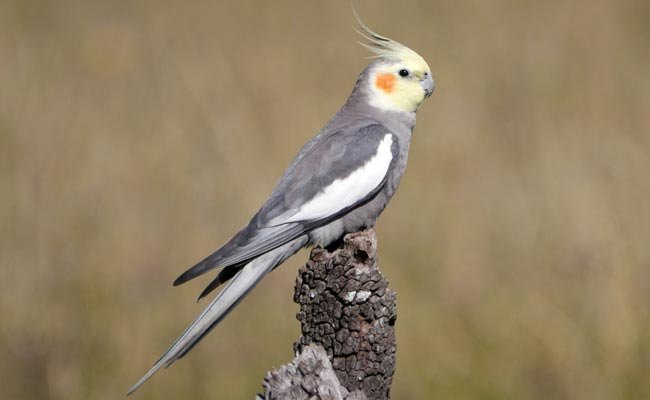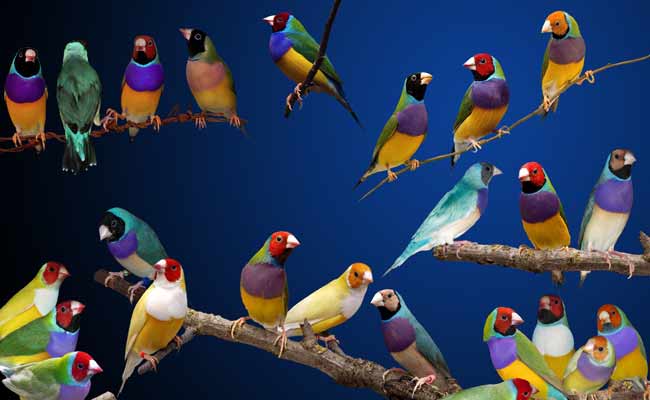
Gouldian Finch Care, Lifespan, Song, And Personality
February 9, 2021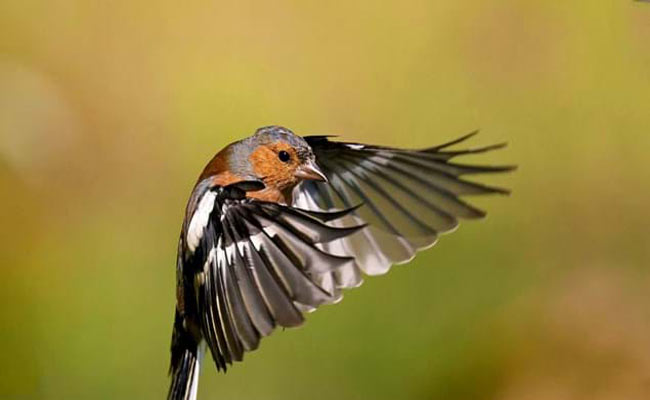
Common Chaffinch Song, Habitat, Nesting, And Personality
February 11, 2021Zebra Finch Care, Breeding, Nest, And Personality. Hey friends, how are you all? Today I will share with you all the details about zebra finch food, habitat, care, diseases, and much more. So friends, without wasting time, let’s get started with today’s topic.
Zebra Finch Care, Habitat, Food, And Personality
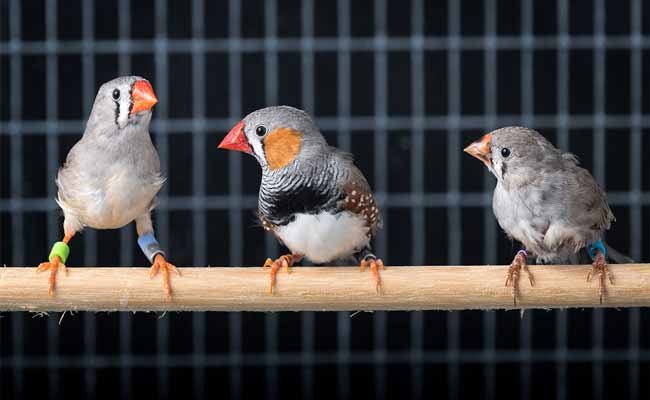
There are many finch species globally, but one of the most popular as a pet is the zebra finch. This species is relatively easy to care for. It is an excellent pet choice for a first-time bird owner. Zebra finches are mostly like to live in pairs and entertain themselves without a lot of interaction with their owners. This finch species is a good choice if you don’t have so much time to spend with your pet bird. Other finches like Gouldian finch may be more beautiful and brightly colored, but few are easier to keep successfully than zebra finches.
General knowledge
Scientific Name: Poephla guttata, Taeniopygia guttata
Other Names: Zebra finch, spotted-sided finch, chestnut-eared finch, and its Australian Aboriginal names “nyi-nyi” and “nyeen-ka”
Adult Finch Size: 4 inches long; one of the small finches, but it’s not the smallest finch.
Lifespan: Zebra Finch Lifespan is 2 to 5 years in the wild.
Habitat.
Zebra finch habitat to arid areas of Central Australia. In central Australia, these finches are found in large flocks. This finch is also found in East Timor and Indonesia. The zebra finch is commonly found in the dry areas and mainly habitats to dry wooded grassland in Australia.
Food
In the wild, most finches eat seeds from plants, pine cones, weeds, and berries. Even Some finches chew up fruits to get fruit seeds. But as a pet, this finch mostly eats seeds. But if you have some time for your pet finch, you can train your finch to eat fresh fruits, vegetables, and salad.
Care
Zebra Finch Care is very important Because Mostly finches won’t want to be handled. they’re not really “trainable” as a parrot type bird is. Occasionally you’ll find hand-raised finches. Otherwise, you may need to hand-raise a baby zebra finch yourself. In those cases, you’ll have a finch that’s bonded to people and can happily perch on your shoulder or hand and be perfectly comfortable. Never attempt to force a finch to be “friendly” — this may likely terrify and stress the bird. If you try to force it, there is a possibility your pet bird dies.
Diseases
This finch is susceptible to scaly face. The scaly face is a condition that is caused by a mite that presents as white. Mostly the scaly areas around the beak/eyes, as well as the legs. Zebra finches are prone to air-sac mite infection, especially when they are overly stressed. Mite infection is a severe medical condition that warrants immediate veterinary care. If caught early enough, your pet finch will be treated successfully. There are some other issues like overgrown beaks or nails, But in this matter, only an experienced bird groomer or vet will help you.
Zebra Finch Song, Sounds And Calls
The male zebra finch is a passionate singer. On the other hand, female zebra finches generally do not sing. The male finch also teaches songs to their babies. Their calls are unique, which consist of “peeping” and “beeping” sounds. This finch bird vocalizes these sounds all day if they are happy. Their voice is not loud, but their chirping never ends. This finch is persistent in this matter. If you set up their cages in your lawn or anywhere near the windows, They will even reply to other birds’ voices.
Zebra Finch Colors And Markings
Zebra finches are lovely and attractive birds. You can easily tell which is female and which is male due to the different colors and markings by looking at them. Males have orange cheek patches, black and white bars on the throat and breast, and brown on the body’s sides. On the other hand, Females are gray-colored without any black or brown bars. Both females and males have red-orange beaks, But the male’s beak is much brighter than the female. A wide variety of color mutations are available in captive-bred zebra finches.
Breeding Season
The zebra finch breeding season starts after periods of heavy rainfall, at any time of the year. Each clutch takes approximately 2 months of period. Zebra finches can breed continuously in the whole year.
Eggs
The average zebra finch can lay up to 8 eggs in a single clutch. But the average clutch size is 3 and 6 eggs. Typically lays an egg each day until the clutch is complete. After the completion of the clutch, the female zebra finch begins incubating the eggs.
Zebra finch eggs begin to hatch within 12 to 15 days after the female finch starts sitting on them. There is a rule that if an egg hasn’t hatched Before 20 to 21 days, then you can consider it as an infertile egg. It is best to leave the finch alone during this incubating time and minimize noise because stress can cause a finch to neglect the eggs.
Final Words.
So friends I hope that you will enjoy our article Zebra Finch Care, Breeding, Nest, And Personality. if you have any questions feel free to ask. Also please give us your feedback in the comments. Thanks.

